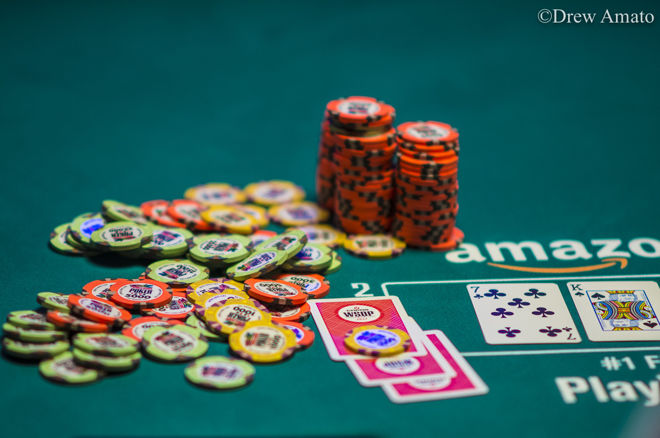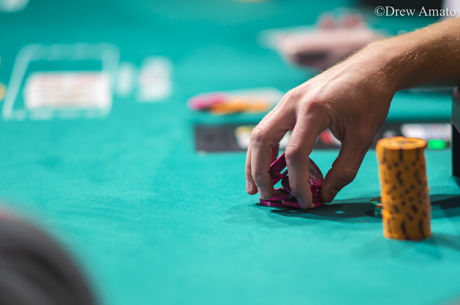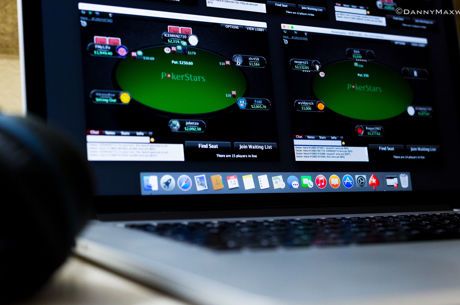Other Hand Reading Tools: Considering an Opponent's 'Anti-Range'

I know that many contemporary poker strategy writers write about "range." It's a very valuable concept that addresses not the specific hand that an opponent may have but, rather, all of the many hands he is likely to be holding based on his betting action.
For those of you not familiar with the concept I recommend the articles of a number of strategy writers on this site, especially Jonathan Little who uses the concept extensively and helpfully.
I'd like to introduce a related concept that I have also found extremely useful when determining my line against opponents. I call the concept "anti-range." As it suggests, anti-range refers to the range of hands that my opponent is highly unlikely to be playing.
First off, I recognize that in a way, identifying my opponent's "anti-range" is really the same as putting my opponent on a range. By process of elimination, if I am putting my opponent on a range of hands, I'm also excluding all of the other hands from that range.
Even so, I find it useful at times to think about specific hands (or types of hands) that my opponent is not likely to be playing, and then to use that information to help me exploit him. Here's an example.
Suppose you're playing $2/$5 no-limit hold'em with $500 effective stacks. You're in early position and call the big blind with 3?3?. A player in mid-position raises to $15, and everyone folds to the button, a fairly conventional player, who makes it $45. The blinds fold. You decide you are getting the right price to draw to your set and the stacks are deep enough, and you call. So does the initial raiser, meaning three of you see the flop.
The flop misses you completely �� A?6?2?. You check, the next player checks, and the preflop three-bettor bets $100. What do you do?
On the one hand, you've missed the flop, are facing a bet of $100, and also face long odds to make your set on the turn. So your first thought is to fold.
But on reconsideration, you focus on your betting opponent's anti-range. You realize that though you're not sure if he really has the big hand he's representing, you are fairly sure of hands that he is unlikely to have.
You think that with his preflop three-bet he almost surely didn't start with a low pair. Maybe he had big cards, maybe he had a premium pair, maybe he was bluffing from position �� but he surely didn't have some small pair (namely sixes or deuces). That would be highly unlikely. Then when he came out betting on flop, that also eliminated pocket aces from his range, as in all likelihood he wouldn't be playing top set that fast.
You're not sure what he has, but you are nearly certain that he doesn't have a set. In other words, hands making sets would form part of his anti-range.
Having figured out your opponent's anti-range, you can then devise a strategy for taking the pot away from him. Without a set, he would almost surely fold to your check-raise on the flop �� you might take the pot away from him if you raise his $100 to $200.
Alternately, if you flatted his flop bet of $100 and then led with a $200 bet following a safe turn card, he would almost surely fold to that as well. Either way, by recognizing that his anti-range included hands making sets, you could win the hand and with it the fairly substantial pot.
Anti-range is no magic bullet of course. Your opponent might be betting his hand unconventionally and surprise you with just the hand you excluded from his range.
But as is the case with all things in poker, this is a game of incomplete and imperfect information, meaning you have to rely on probability and not certainty. By understanding your opponent's anti-range you are more likely to be able to find more opportunities to exploit his play.
Ashley Adams has been playing poker for 50 years and writing about it since 2000. He is the author of hundreds of articles and two books, Winning 7-Card Stud (Kensington 2003) and Winning No-Limit Hold'em (Lighthouse 2012). He is also the host of poker radio show House of Cards. See www.houseofcardsradio.com for broadcast times, stations, and podcasts.









